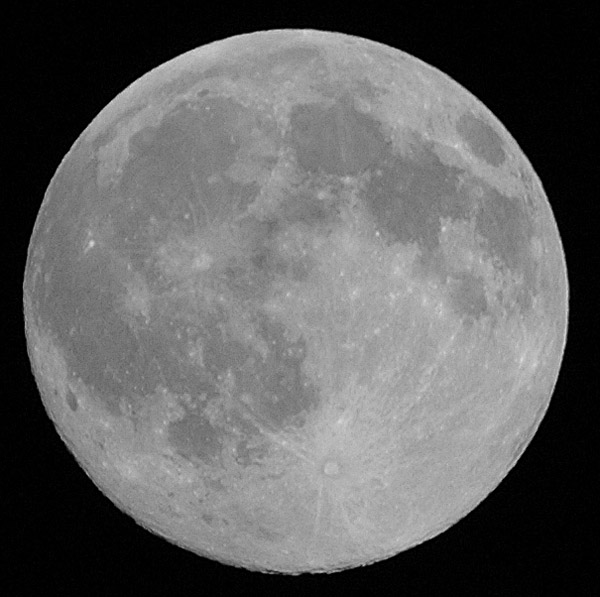The shutter speed required to make camera shake acceptably low depends on several things, but one thing that is often overlooked is the final enlargement factor to make a print or display on screen of a given physical size in inches/cm. The more you enlarge your image the more easily imperfections will be noticed, including shake, blur, misfocus and other things.
The rule of thumb for minimum shutter speed of 1/(focal length) did work quite well for shooting 35mm film and printing at sizes up to around 10"x8". A 35mm frame has dimensions of 36mmx24mm. To make a 10" (254mm) print the enlargement factor is 254/36 = 7X. That is quite a modest degree of enlargement and the original rule of thumb works well for most people.
Howver, when you shoot with a crop sensor camera you have a smaller sensor (obviously). To make that same 10" (254mm) print from a Canon crop camera, with a sensor 22.3mm wide you need to enlarge by a factor of 254/22.3 = 11.4X. In order to make camera shake no less visible at that level of enlargement you need a faster shutter speed. The speed increase required, as a multiplier, is equal to the crop factor.
So, if shooting with a 400mm lens with a 35mm camera you would want a shutter speed of at least 1/400 in order to produce a "sharp" 10x8 print. To shoot with a 400mm lens on a crop body camera you would need a minimum shutter speed of 1/(400x1.6) = 1/640 in order to make that sharp 10" print.
However, if you then use software to crop into your image even more, you are effetively increasing your crop factor even further. e.g. if you cropped out 1/4 of the frame you would effectively be doubling your crop factor further. Instead of a crop factor of 1.6X it would become 3.2X. Now in order to make your 10" print you would need a shutter speed of 1/1250. If you cropped in software to 1/9th of the frame your crop factor would become 1.6x3 = 4.8X and your shutter speed would need to be around 1/2000.
That would be in order to make a 10" print (or on screen image). If you only want to make a 5" print or image then you could halve the shutter speed back down to 1/1000. So, there is a rule of thumb, but it needs modifying depending on your exact needs for final print/display size and also your own skills and abilities.
When it comes to pixel peeping at 100%, that is equivalent to viewing a virtual image of maybe 30"-40" across, depending on the exact camera and the monitor used. So, if your virtual image is 40" across, instead of the rule of thumb target of 10", that is an enlargement factor 4X greater than the rule of thumb is designed to accommodate. If you want to see an image that is sharp at the pixel level you would need a guideline shutter speed of 1/(focal length x crop factor x 4). For a 400mm lens on a Canon crop body, viewed at 100%, your guideline minimum shutter speed would need to be around 1/2500.
Oh, if your lens has IS/OS/VC/VR then you may be able to shoot at lower shutter speeds.




